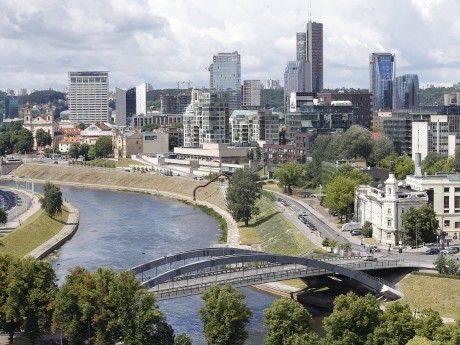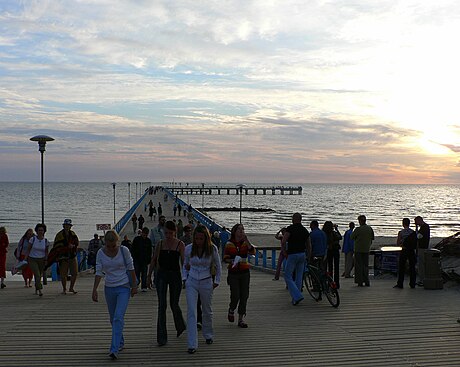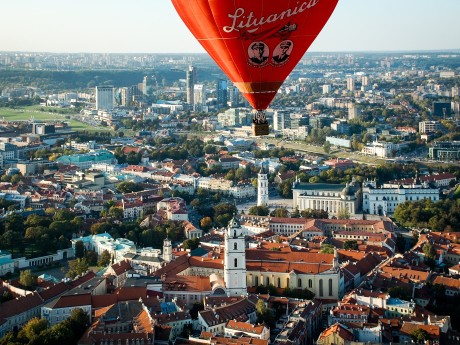Lithuania: Vilnius and Palanga
Start your exciting journey to Lithuania at the second largest city of the Baltic states, Vilnius. Known for its baroque architecture, this city was made popular by its ancient history and modern culture. Walk the cobblestoned streets of its medieval Old Town to see the neoclassical Vilnius Cathedral, tour the Rumsiskes open air museum, or even explore the 13th-century Higher Castle. Continue your search for rich culture and history into the next city, Palanga.
Read more
Start your exciting journey to Lithuania at the second largest city of the Baltic states, Vilnius. Known for its baroque architecture, this city was made popular by its ancient history and modern culture. Walk the cobblestoned streets of its medieval Old Town to see the neoclassical Vilnius Cathedral, tour the Rumsiskes open air museum, or even explore the 13th-century Higher Castle. Continue your search for rich culture and history into the next city, Palanga. With long sandy beaches and sand dunes, this resort city has a variety of activities to offer. Take a tour of the Cold War Museum or walk the Palanga Botanical landscape park. Admire the view of the Tiskeviciai Palace or walk Birute Park. End your day watching the sunset from Planga’s famous L-shaped pier! Waterviews strives to offer accommodation options within walking distance of water and/or in an area of touristic interest. Our prices include taxes (but excludes local tourist taxes). Customize your trip to your personal preferences with optional activities (hit the “Add Activities’’) or change hotels, etc. Contact us for customization at no extra cost at: Service@waterviewstravel.com
Destinations
- Vilnius
- Palanga
Itinerary
Vilnius

Vilnius (also known under its Polish and Yiddish name, Wilno and its German name, Wilna) is the capital and largest city of Lithuania. It lies on the bank of the Neris river and has approximately 560,000 inhabitants. Vilnius was the European Capital of Culture in 2009.
Read more
Vilnius (also known under its Polish and Yiddish name, Wilno and its German name, Wilna) is the capital and largest city of Lithuania. It lies on the bank of the Neris river and has approximately 560,000 inhabitants. Vilnius was the European Capital of Culture in 2009.
Additional Information
Inhabited since the Middle Ages, Vilnius has always been a multinational city with Polish, German, Jewish, Russian and Belorussian people making up a substantial share of its population. According to the last census of 2011, the population included 63.2% Lithuanians, 16.5% Poles, 12% Russians, 3.5% Belarusians, and 1.0% Ukrainians. During World War II, 80,000 Jews from Vilnius were murdered by the Nazis and their Lithuanian collaborators at the forest of Paneriai and other nearby places. After the war, most of the urban Polish population (about 65% of population) was resettled to Poland, while during 1950–1970 they were replaced by people from parts of Lithuania, neighbouring parts of Belarus, as well as Russia, Ukraine and other Soviet republics.
© Sourced from Wikivoyage
Palanga

Palanga is a popular seaside resort at the Baltic sea in Lithuania.
Read more
Palanga is a popular seaside resort at the Baltic sea in Lithuania.





